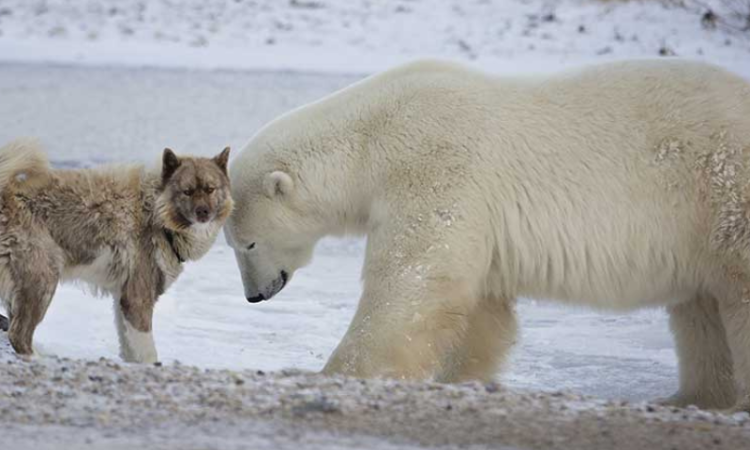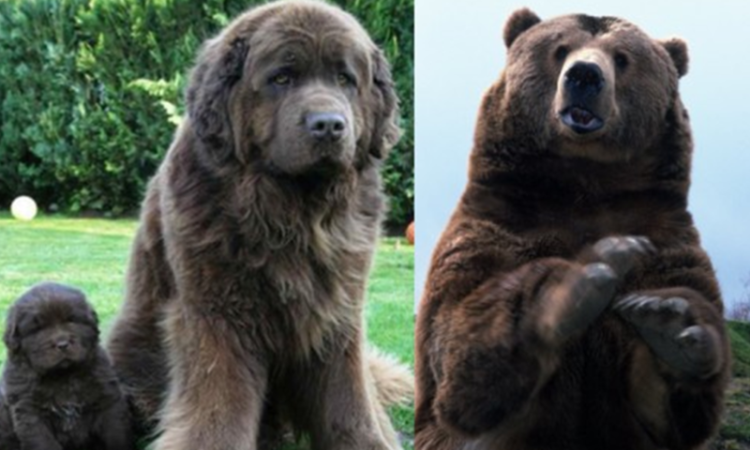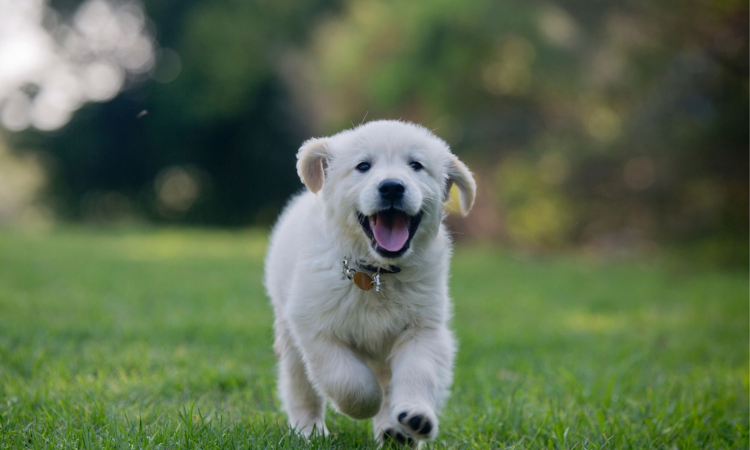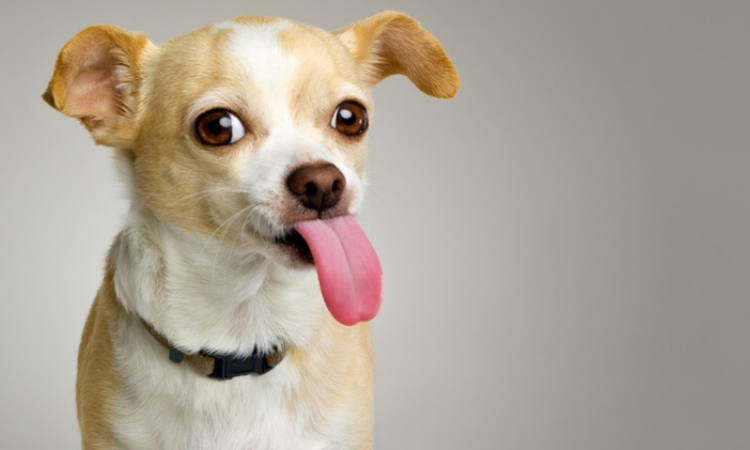When compared side by side, dogs and bears look eerily similar. However, this is not true of all dogs. Some of the larger and hairier varieties, though, are called “bears” for obvious reasons. Furthermore, there are numerous shared anatomical features between canines and bears. Do bears and dogs share any sort of connection, or is this all a coincidence?
Is there a Strong Connection between Bears and Dogs?
The short answer is “not here.” Similarly emphatic. Even though bears and dogs look so similar to one another, they are quite far from one another on the evolutionary tree. Dogs, wolves, foxes, and jackals are all members of the Canidae family.
However, bears, such as the panda bear, belong to the family Ursidae. Since bears and dogs aren’t related, there have been many cases of households adopting bear cubs thinking they were dogs.
Why do Dogs and Bears look so much alike?
Causes include natural selection incentives and simple evolutionary routes. Both species needed sturdy furs, paws, claws, canine teeth, etc. to survive. This is not to say that their lifestyles are identical, of course.
Although both dogs and bears are omnivores (they may eat both meat and vegetables), bears are often much more tolerant of a vegetarian diet than dogs are. Bears today still eat almost exclusively fruit and foliage, yet they still have their characteristic huge canine teeth, pointed claws, and muscly bodies.
What do Bears and Dogs have as their Most Recent Common Ancestor?
Dogs and bears share a similar ancestor that lived 42 million years ago, according to scientific research. A large or “bear-like” ancestor was not present. However, these were examples of the now-extinct family Miacidae. They were little and lived in the trees; their tails were lengthy. Smaller, carnassial teeth indicated a diet high in meat.
Although they looked nothing like modern bears or dogs, scientists believe the Miacidae family to be the true origin of the Carnivora Order. The gradual divergence of Miacidae species led scientists to categorize them all under the same Order.

What Are “Bear Dogs”?
The bear dog was a type of canine belonging to the Carnivoran Order that has now become extinct. or the Amphicyon to be more specific. These massive, ambush-style carnivores were common in both North America and Eurasia between 10 and 40 million years ago.
The earliest members of the Carnivoran Order included these animals. Despite the name, they were neither canines nor bears. The Miacidae family includes modern canines and bears. However, they did not originate with the Amphicyon but rather grew up separately.
The Amphicyon was a close relative of bears, canines, and felines. It wasn’t the same as the one before. This massive predator shares some characteristics with its canine and ursine relatives, hence the moniker “Bear dog.” The Amphicyon’s large tail helped it sprint, and it also possessed a long, powerful nose like a dog’s.
Its hind legs were also obviously built for lengthy leaps, therefore it was probably an ambush predator that worked alone, like tigers. The Amphicyon had a massive build, much like that of a bear. Furthermore, this creature walked like a bear by using all four paws to propel itself forward.
The Main Behavioral Differences Between Dogs and Bears
Beyond their outward appearance, bears and dogs have quite dissimilar lifestyles. Almost all canine species, from wolves and hyenas to dingoes and domestic dogs, live in packs. While some foxes and jackals are more solitary canines, the vast majority of dogs are social creatures.
For bears, the inverse is true. When there are enough food sources, some bears will tolerate the presence of other bears. While some groups live in communities, the vast majority live as nomads. The diets of canines and bears are also drastically different. Dogs, like humans, are technically omnivores, although they have a strong preference for meat protein.
In times of extreme hunger, any canine, including wolves and dogs, will only eat vegetables or roots. Of fact, dogs’ incredible adaptability has helped them thrive even in the modern day. Most bears, though, are omnivores who like eating a wide variety of different foods.
The Chinese panda is one example of an exclusively vegetarian mammal. The polar bear is an extreme example of the bear because it feeds only on meat. Bears are often more well-rounded omnivores than dogs, who only turn to it because they have to.
10 Dog Breeds That Look Like Bears
There are many breeds to consider if you want a dog that resembles a bear as much as possible.
Here are our top 10 recommendations:
- Alaskan malamute
- Akita
- Bush dogs
- Caucasian shepherd dogs
- Chow Chow
- Great Pyrenees
- Maremmano-Abruzzese Sheepdog
- Newfoundland
- Pomeranian
- Tibetan Mastiff
Final Thoughts
Do bears have a canine ancestor? I’d say both no and yes. Similar to how humans are related to lemurs and lorises in the Primate Order, the two species are only distantly related to one another. To further demonstrate, while the relationship between bears and humans is too remote to be considered, the relationship between people and apes is analogous to that between dogs and wolves. If your question was answered here, you should feel confident instructing others on the topic.





